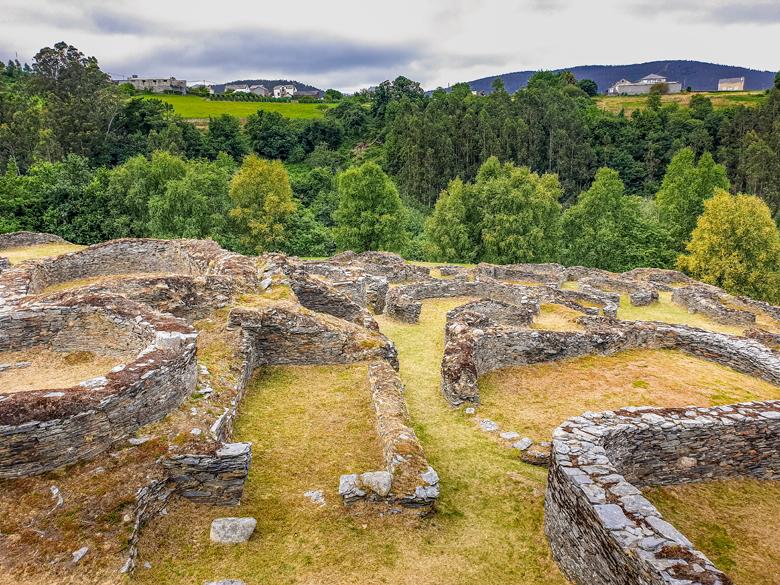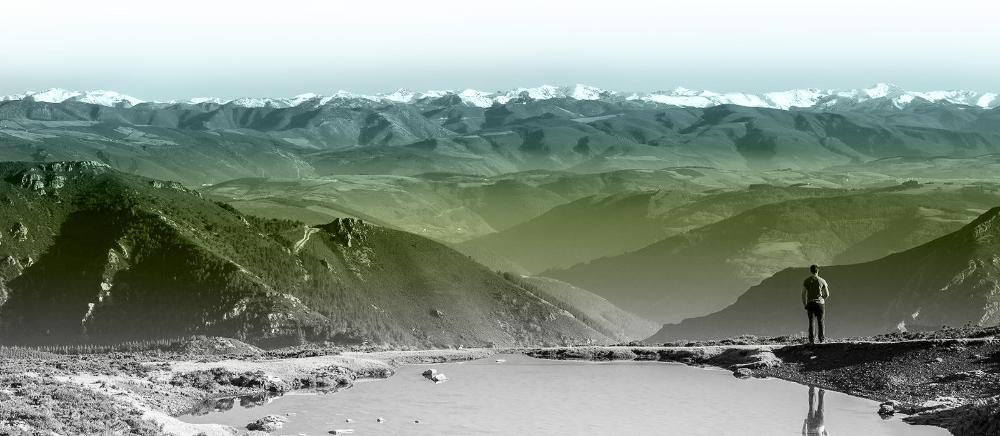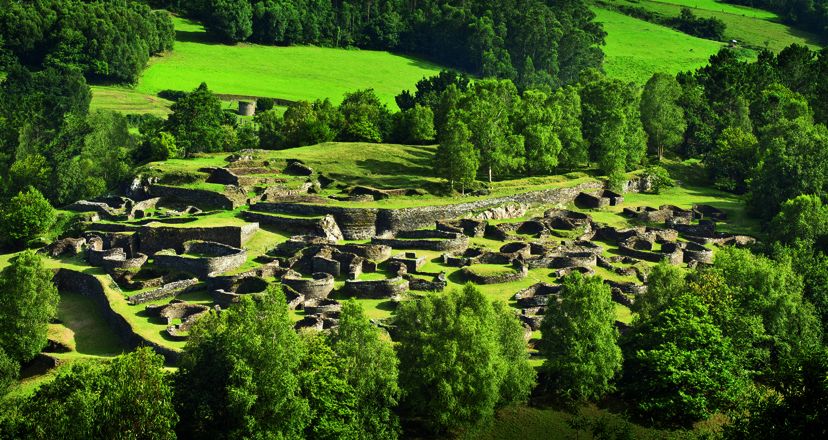Back The Castro of Coaña, a journey to the essence of the castreña culture

The Castro de Coaña, a fascinating journey to the essence of the Castro culture
The Navia Historical Park, in western Asturias, is home to a place where the first settlers of the Principality lived, the Castro de Coaña or Castelón de Villacondide. After several excavations carried out over the last two centuries, in 2014 it was declared an Asset of Cultural Interest.
In the Navia Historical Park, in western Asturias, there is a place where the first settlers of the Principality lived, the Castro de Coaña or Castelón de Villacondide. After several excavations carried out over the last two centuries, in 2014 it was declared an Asset of Cultural Interest.

Discover it on your own or with a guided tour (included in the price of the ticket), get closer to the castle culture, and feel like an Albion...
Didactic classroom of the Castro of Coaña
Next to the large car park is the Aula Didáctica del Castro de Coaña. If you are going to visit the hillfort on your own, it is essential that you first explore the didactic classroom. Panels, display cases with reproductions of objects found at the site and audiovisuals will help you to interpret and contextualise the Castro culture.

Castros are small villages that existed between the Bronze Age (late Bronze Age) and the Roman invasion. The castreños chose elevated locations that they fortified around the perimeter to protect themselves. They lived from agriculture, livestock farming and fishing. They sought temperate climates, and areas close to rivers and streams, in order to enjoy fertile land.
After more than 200 years of excavations, it has been concluded that the Astur Celtic people of the Albiones (named after the river Albión, today's Navia) inhabited this hillfort in the second Iron Age (5th-4th century). However, carbon-14 tests carried out on some of the primitive fortifications indicate an earlier occupation (6th century BC).


In the didactic classroom there is a lot of information about the gold mining in the area, controlled by the Romans until the 2nd century AD. The troops of Caesar Augustus settled in this castro to trade with the gold extracted in the mines of the Cuevas de Andía or As Carquivas (both of which can be visited and are located in the councils of El Franco and Los Oscos respectively).

If you would like more information on this subject, you can visit the MOA (Asturian Gold Museum) in Navelgas, in the municipality of Tineo.
The Acropolis and the Northern Quarter of the Castelón de Coaña
After visiting the interpretation centre, we enter the castro. Here we discover two distinct areas, the acropolis and the northern quarter.
A path of chapacuña flagstones crosses a small slope. This path leads us to a triangular walled enclosure, the acropolis. At its foot is the Sacred Enclosure, so called because at first it was erroneously concluded that they were crematorium ovens.

After carrying out several excavations in the hill forts of the northwest of the peninsula, they realised that the two buildings with vaulted roofs and apsidal chambers were simple saunas. Water was heated in the ovens to steam the chambers (similar to a Roman caldarium). They were then taken outside where they were immersed in a granite basin, which still remains in situ (equivalent to a frigidarium).
Continuing along the walk, we come across more than 80 circular or rectangular buildings with rounded corners. Some of them have a vestibule and/or corridor.

The Albion people lived in these huts. Some hand mills and huge mortars (some of them unique, as they are quadruple) bear witness to ancient civilisations.

In the Barrio Norte, the height of the slate walls of one of the buildings, El Torreón, stands out. It is believed that from the roof of this building the whole village was controlled and therefore it was used as a box or tribune.

The Archaeological Museum of Asturias exhibits the collection of objects found in archaeological excavations (ceramics, jewellery, tools, etc.).
Castro de Coaña timetable and prices
Guided tours:
July and August: 11am, 12pm, 1pm and 4pm. From September to April by prior reservation on 985 978 401.
Free visits:
From 1 April to 30 September: 10.30 am to 5.30 pm. Rest of the year until 3.30pm.
Entry fee:
3.13/Adults. 1.62/children (under 12) and over 65s. Free on Wednesdays.
Continue exploring the Navia Historical Park
Sea or mountain? The Navia Historical Park starts on the coast and goes deep into the heart of Asturias, crossing a privileged landscape. On the coast you can visit fishing villages such as Viavélez, Ortigueira, Puerto de Vega or Tapia. If you prefer to continue inland, I recommend Boal/Bual, Pesoz/Pezós or Grandas de Salime, among others.
In any of them you can combine hiking routes (explore the waterfalls of Oneta, Pímpano or Mexica...) with cultural visits to museums such as Pepe el Ferreiro, the interpretation route of the Cuevasde Andina, or the guided visit to the Saltos del Navia hydroelectric power station.

Subscribe to our newsletter and take advantage of offers, discounts, and news
Subscribe




